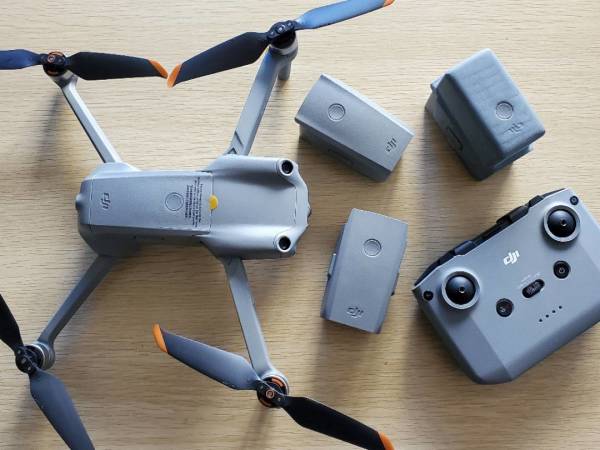Drone music, often described as a genre that immerses its listeners in deep, resonant soundscapes, invites one to explore a world of sonic minimalism and tonal stasis. Traditionally, it is characterized by sustained sound notes, allowing for an evolving auditory experience that can be both transcendental and meditative. The elemental nature of drone music encourages immersion, inviting listeners to lose themselves in its hypnotic pulses.
Historical Roots and Evolution
The genre traces its origins to ancient musical forms such as Indian classical music, where prolonged sound is central to the musical structure. In Western contexts, drone music has been influenced by composers like La Monte Young and Terry Riley, who pioneered minimalistic compositions in the 1960s that emphasized sustained tones. Despite its simplicity, the genre’s evolution has allowed for varied incorporations ranging from electronic manipulation to acoustic experimentation.

Characteristics of Drone Music
Drone music relies heavily on the persistence of sound, often with harmony and texture taking precedence over melody and rhythm. This experience is facilitated through instruments such as synthesizers, harmoniums, or even traditional instruments like the tanpura and bagpipes. The immersive quality creates a deep listening environment that encourages reflection and introspection.
Because the key element is sustaining sound, drone compositions may vary significantly in duration and complexity. The repetitive structure may appear simplistic at first, but listen closely, and subtle shifts in tone and texture reveal an intricate spectrum of sound. This slow evolution can create a meditative calm, offering listeners both an emotive journey and a serene space for mindfulness.
Drone music begins to blur the lines between sound and silence; the sustained tones create a sonic tapestry that feels alive yet mysteriously static.
The Modern Scene
In recent years, the rise of digital technology has propelled the genre, allowing musicians to explore new depths and dimensions. Artists like Sunn O))) and Merzbow have embraced these advancements, integrating drone elements into more mainstream genres such as rock and noise music. This fusion has made drone music more accessible, broadening its appeal and reaching broader audiences.

Why Listen to Drone Music?
Drone music’s allure lies in its ability to provide an auditory experience that transcends typical musical boundaries. The minimalist approach encourages listeners to engage not just with the sound itself but with the space around it, fostering a profound sense of presence and awareness. By eschewing conventional musical structures, the genre opens up a dialogue between the listener and sound, facilitating a heightened state of contemplation.
Trying to get into drone music provides an entry into the fascinating world of minimalistic soundscapes, where auditory experiences are both contemplative and transformative.